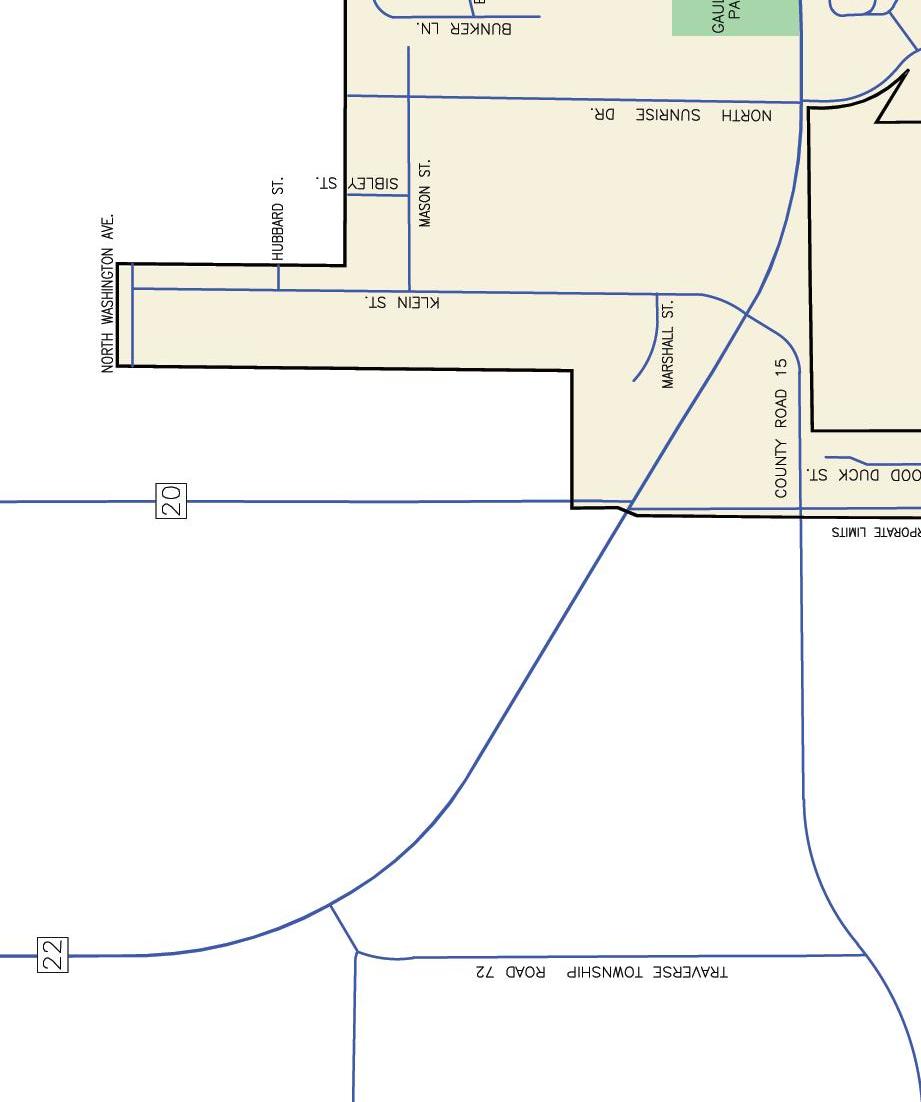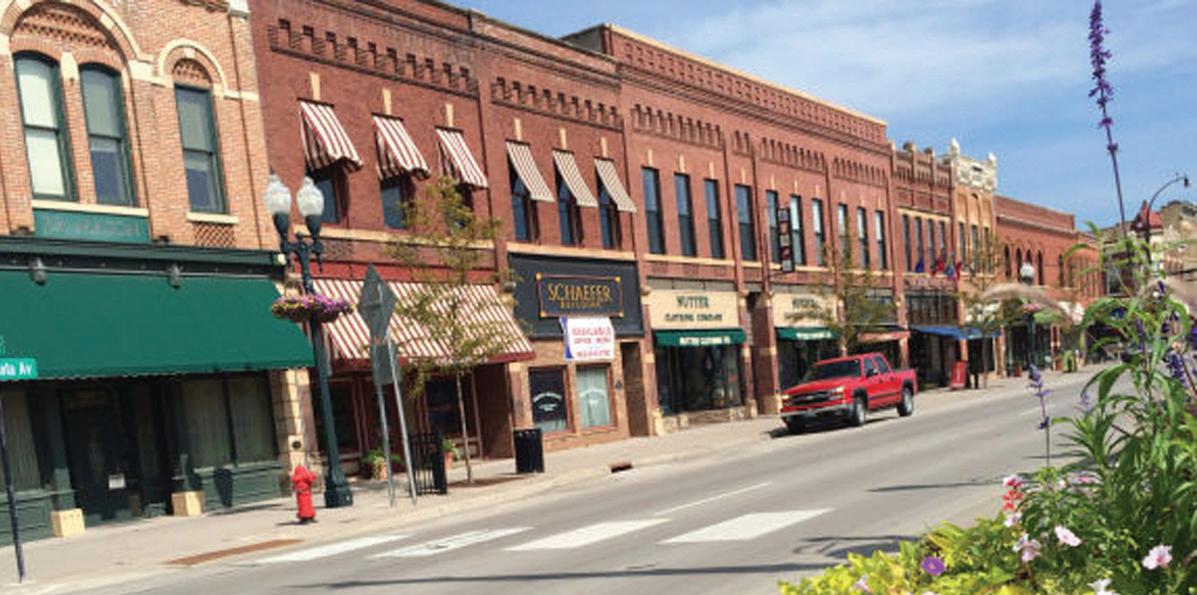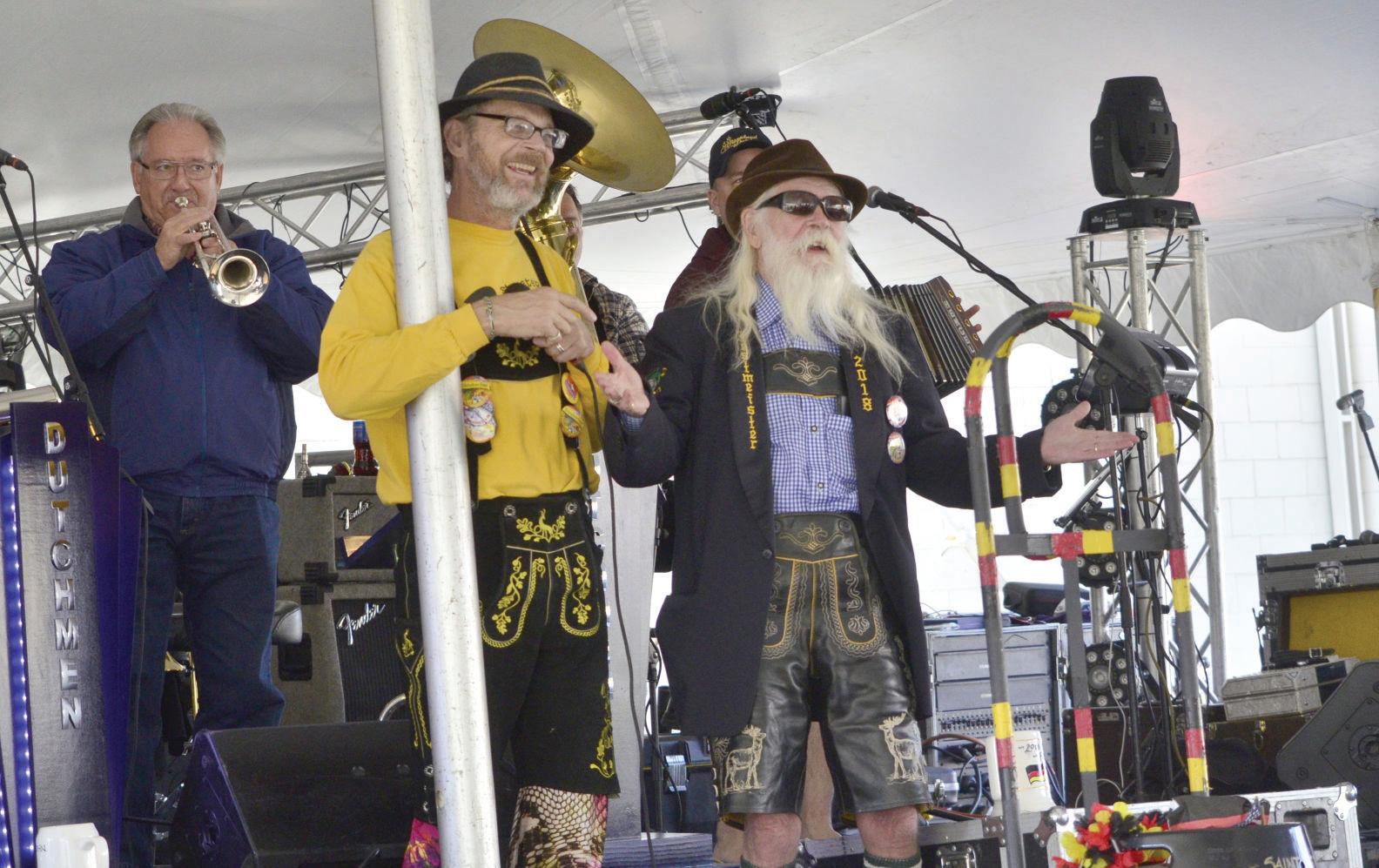History St. Peter’s rich history grew from a settlement originally called Rock Bend in the early 1850s. The St. Peter community is one of the oldest cities in Minnesota, and it serves as the county seat of Nicollet County. The Dakota Indians were the first to live in the area, settling along the Minnesota River and utilizing a natural ford which came to be known as Traverse des Sioux. In 1851, an historic treaty was signed on this site by the Dakota Indians and the United States government, ceding 24 million acres of land to the federal government. St. Peter is said to be founded by Captain William D. Dodd in 1853. The current name was provided by members of the St. Peter Co., based in St. Paul. Willis Gorman, the second territorial governor of Minnesota, was a member. A plan to make St. Peter the state capital in 1857 very nearly succeeded. But state lore claims an original bill to make St. Peter the capitol disappeared until after the legislative session, halting efforts to replace St. Paul. As the community grew over the years, it absorbed the community of Traverse des Sioux to the north. When the Civil War began in 1861, St. Peter provided soldiers for many military units. One of the community’s founders, Capt. Asgrim K. Skaro, was killed during the Battle of Nashville in December 1864 while leading his company. Others participated in the Dakota War that began in 1862. St. Peter provided four other men who served in military units at various times and also served as Minnesota governor. Henry A.
12
St. Peter Community & Visitors Guide ‘21
Swift was in a local militia and Horace Austin served in a Minnesota unit in the Dakota War. Andrew R. McGill served in the Civil War. John A. Johnson served in the Minnesota National Guard. The first state hospital in Minnesota began in St. Peter in 1866, initially using a large building downtown until the first building on the current site was completed. Today, the facility is known as the St. Peter Regional Treatment Center and employs about 1,400 people. Gustavus Adolphus College came to the community in the 1870s. Its Swedish roots helped it work with the Nobel Foundation to establish an annual Nobel Conference that brings outstanding scientists and thousands of visitors to the campus. With very few exceptions, St. Peter has been the home of the Nicollet County Fair since the mid-1800s. The site also hosts car shows, dog shows, rodeos and other events. St. Peter has rebuilt after several disasters. The community experienced a large fire in 1887 that destroyed a considerable portion of its business district. A tornado in 1924 destroyed or damaged several buildings. The Minnesota River has also flooded frequently, with especially severe floods in 1881, 1951 and 1965. And in 2018, the community observed and celebrated its rebuilding with the 20th anniversary of the 1998 tornado, which tore through the heart of St. Peter, as well as the community of Comfrey and Le Center. One life was lost. Hundreds of structures were affected; many could not be repaired. Thousands of trees were also uprooted and destroyed. St. Peter has recovered and is in better shape than ever. Today, the community is proud of how it reshaped itself, hitting the reset button in some ways and taking full advantage of the challenge and opportunity that was presented. The city’s rebuild has served as a model for others, and city officials have often been called on to assist with other disasters.












